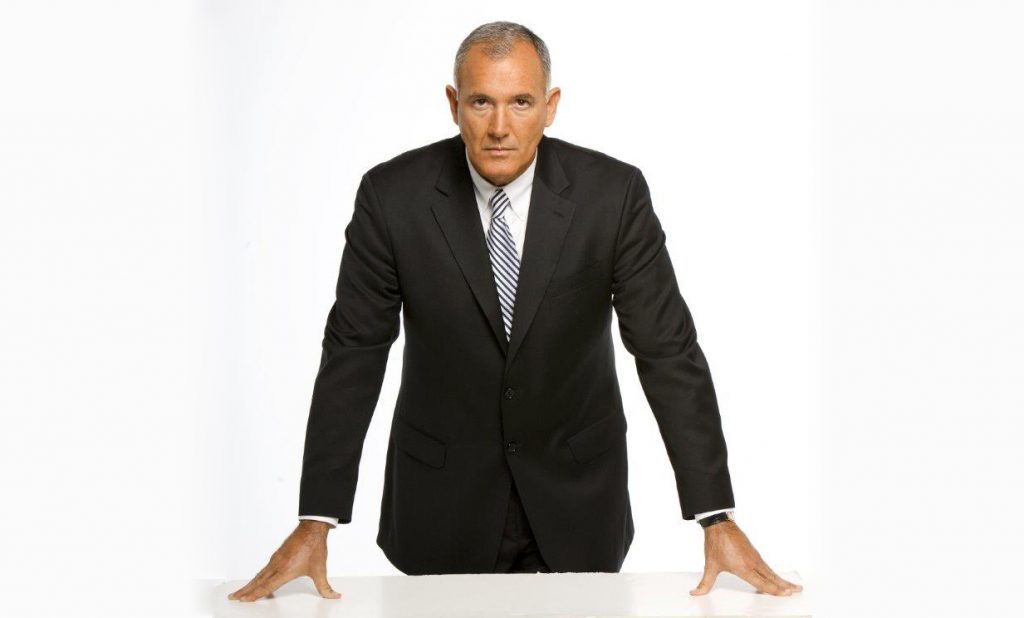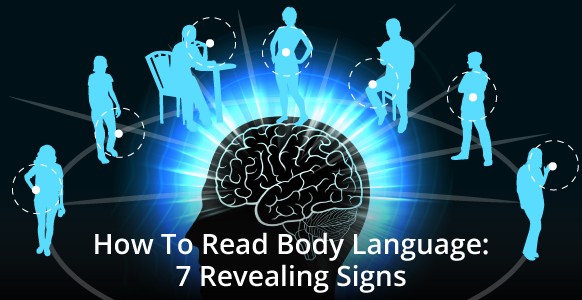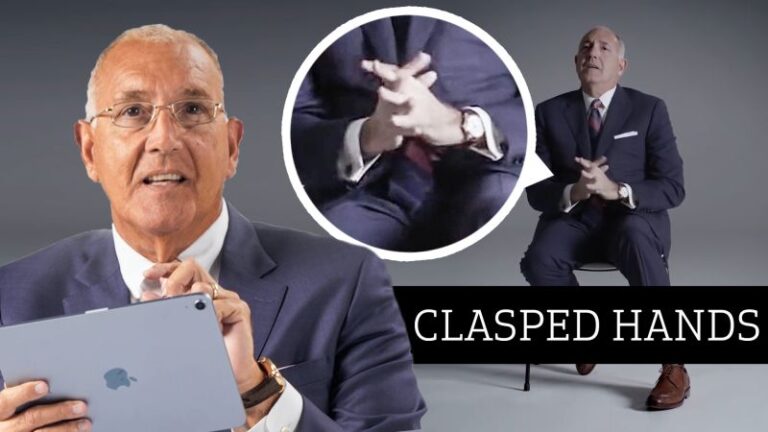How to Read Body Language: In the world of interpersonal communication, what we say is often less important than how we say it. This fascinating realm of non-verbal cues and body language has been the focus of Joe Navarro’s career, first as an FBI agent and now as a renowned expert in the field. Let’s delve into the secrets of body language and discover how understanding non-verbal communication can give you an edge in both personal and professional settings.
The Power of Non-Verbal Communication
According to Navarro, non-verbal communication, or “nonverbals” as he calls them, encompasses “anything that communicates but is not a word.” This includes body language, facial expressions, gestures, and even how we dress. Research shows that non-verbal cues can account for up to 93% of communication, making them a crucial aspect of human interaction.
Body Language in Everyday Life
We use body language constantly, often without realizing it. From choosing a mate to ensuring our personal safety, non-verbal cues play a significant role in our daily lives. As Navarro explains, “Our security is based on nonverbals. We look at the person through the peephole, we look at who’s behind us at the ATM machine.”

Debunking Body Language Myths
While many people think they understand body language, Navarro points out several common misconceptions:
Crossed Arms Don’t Always Mean Defensiveness
Contrary to popular belief, crossed arms aren’t necessarily a sign of defensiveness or blocking behavior. Navarro explains that this posture is often a self-soothing gesture, essentially a self-hug. We tend to do this more in public than in private, suggesting it’s more about comfort than defense.
Eye Movements and Deception
The idea that looking in certain directions while speaking indicates lying is another myth Navarro debunks. Eye movements are more likely related to information processing than deception.
The “Pinocchio Effect” is a Myth
Navarro emphasizes that there’s no scientific evidence for a “Pinocchio effect” – physical signs that reliably indicate lying. Behaviors like touching the nose or covering the mouth are more likely to be self-soothing gestures than signs of deception.

How to Read Body Language Like an FBI Agent
Navarro’s experience in the FBI taught him to observe and interpret non-verbal cues systematically. Here’s how he approaches reading body language:
Start from the Top
- Hair: Look for signs of grooming and overall health.
- Forehead: Stress often shows here first.
- Eyes: Check for redness or signs of fatigue.
- Glabella (area between eyebrows): This area often reveals discomfort.
- Nose: The “bunny nose” effect often indicates dislike.
Move to the Lower Face
- Lips: Compression or sucking in of lips can indicate discomfort.
- Cheeks: Watch for tongue movement inside the cheek.
Observe the Body
- Neck: Head tilt often indicates relaxation; its absence may suggest tension.
- Shoulders: Sudden shoulder raises often indicate uncertainty.
- Hands: Stiffening fingers or slow hand movements can signal discomfort.
- Legs and Feet: Watch for behaviors like leg brushing or foot wiggling.

Body Language in Practice: Poker and Espionage
Navarro’s expertise has applications beyond law enforcement. In poker, for instance, he notes that while players might maintain a “poker face,” they can’t have a “poker body.” Somewhere, the body will reveal information.
In espionage work, tiny details can be crucial. Navarro once identified a spy based solely on how the person held a bouquet of flowers – a cultural tell that revealed their true origin.
The Importance of Context in Body Language
It’s crucial to remember that body language should always be interpreted in context. A single gesture or expression doesn’t tell the whole story. As Navarro puts it, “When we study nonverbals, it’s not about making judgments, it’s about assessing what this person is transmitting in that moment.”
Improving Your Body Language Reading Skills
Understanding and improving your own body language can be a powerful tool in personal and professional settings. Here are some tips:
- Practice self-awareness: Pay attention to your own non-verbal cues.
- Observe others: Start noticing the subtle behaviors of people around you.
- Consider cultural differences: Body language can vary significantly across cultures.
- Use open body language: Uncross your arms, maintain eye contact, and smile to appear more approachable.
- Mirror others: Subtly mimicking the body language of others can help build rapport.
Conclusion: How to Read Body Language
Body language is truly a universal language, transcending cultural and linguistic barriers. As Joe Navarro’s experiences demonstrate, mastering the art of reading and using body language can provide invaluable insights in a wide range of situations, from high-stakes negotiations to everyday interactions.
By developing your awareness of non-verbal communication, you can enhance your ability to understand others and express yourself more effectively. Remember, in the world of communication, actions often speak louder than words.
Wanna read & learn more about Psychology? Click here for our Psychology Section!


